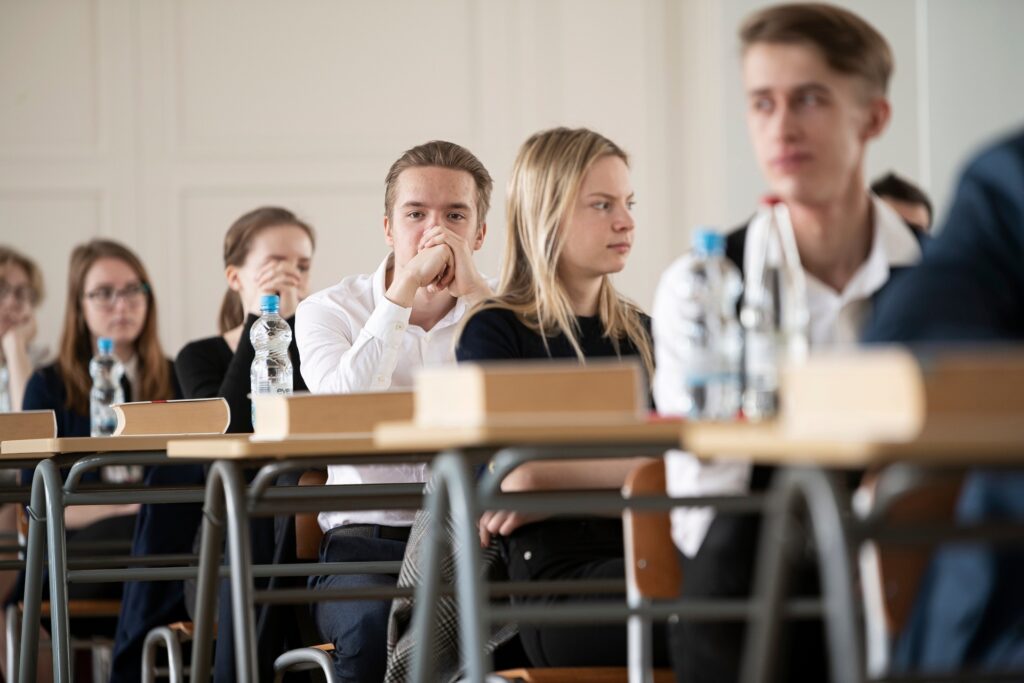According to the results of the OECD’s Programme for International Student Assessment 2022 Creative Thinking test, part of the larger PISA study, Estonian students ranked first in Europe and between fifth and eighth in the world.
The results were released on 18 June in all participating countries; the study involved 64 countries.
The assessment of creative thinking in PISA 2022 focused on students’ ability to generate, evaluate and refine ideas that can lead to original and effective solutions. For example, how to improve accessibility for wheelchair users in a library, what are the different scientific explanations for frogs leaving their habitat, or how to consume smartly and avoid wasting food stored at home.
In Estonia, 6,392 students in grades eight and nine from 196 schools took part in the study. The average score of Estonian students in creative thinking was 35.9 points, higher than the OECD average of 32.7 points. Eighty-nine per cent of Estonian students scored at least at the basic level (OECD average: 78 per cent) and 34 per cent scored at the proficient level (OECD average: 27 per cent). Estonian students performed best in written and visual expression and in scientific problem solving, with slightly lower results in social problem solving.

Girls scoring higher
The results were relatively consistent across Estonia, with a minimal effect of socio-economic background. Girls scored 3.4 points higher than boys.
PISA is an international educational study that assesses the knowledge and skills of 15-year-old students. It is organised by the Organisation for Economic Co-operation and Development. There have been eight PISA studies so far, and Estonia has been participating since 2006.
The Creative Thinking study was conducted as part of the PISA 2022 main test in spring 2022. According to the main test, Estonia is tied with Switzerland for first and second place in mathematics in Europe, tied with Ireland for first and second place in science, and tied with Ireland for first and second place in reading.

